![Evert Breman
(From Eigen Haard [nl], 1895) Evert Breman.jpg](http://upload.wikimedia.org/wikipedia/commons/thumb/a/ad/Evert_Breman.jpg/170px-Evert_Breman.jpg)
(From Eigen Haard , 1895)

Evert Breman (28 April 1859, Zwolle - 24 October 1926, Amsterdam) was a Dutch architect in the Renaissance Revival style.
![Evert Breman
(From Eigen Haard [nl], 1895) Evert Breman.jpg](http://upload.wikimedia.org/wikipedia/commons/thumb/a/ad/Evert_Breman.jpg/170px-Evert_Breman.jpg)

Evert Breman (28 April 1859, Zwolle - 24 October 1926, Amsterdam) was a Dutch architect in the Renaissance Revival style.
He was one of six children born to Willem Fredrik Breman (1829-1875), owner of a carpentry and blacksmithing shop, and his wife, Everarda Elsebé née Meuleman. In 1881, he and his younger brother, Jacobus (known as "Co"), left Zwolle. Co would pursue his artistic career in Brussels, while Evert went to Amsterdam. There, he apparently worked as a butcher, while studying architecture in the evenings. His experience in his father's shop had already given him some basic knowledge of construction. [1] He designed his first buildings in 1886; two homes on the Nassaukade . His first major project, in 1888, was an office building for De Nederlanden van 1845 , an insurance company.
In 1887, he married Martha Maria Neumeijer (1857-1938), the daughter of Leendert Johannes Neumeijer Sr. (d.1906), a real estate agent and amateur architect. They had two sons; the musicologist, Willem Frederik Breman , and Leendert Johannes Breman , a diplomat. One of his grandchildren would describe him as a "tyrannical father". [2]
By 1895, he had fully established his reputation, and was hired as the principal architect of the World Exhibition for the Hotel and Travel Industry , held at the Museumplein. Most of the site was devoted to the miniature village of "Old Holland", with 16th and 17th-century façades. For his work on the exhibition, he was named a Knight in the Order of Orange-Nassau. [1]
His largest projects were commissioned by Koninklijke Hollandsche Lloyd , a shipping company, from 1917 to 1922. These included their corporate headquarters, and the Lloyd Hotel. After 1923, he was employed in the real estate industry, as a supervisory Director for the North Holland Mortgage Bank. He died at the age of sixty-seven, and is interred at the New Eastern Cemetery . Although not an innovator, his buildings are highly regarded.

Zwolle is a city and municipality in the Northeastern Netherlands. It is the capital of the province of Overijssel and the province's second-largest municipality after Enschede with a population of 130,592 as of 1 December 2021. Zwolle is on the border with Gelderland, which follows the river IJssel, and is located about 50 km north east of Utrecht and 85 km south west of Groningen.
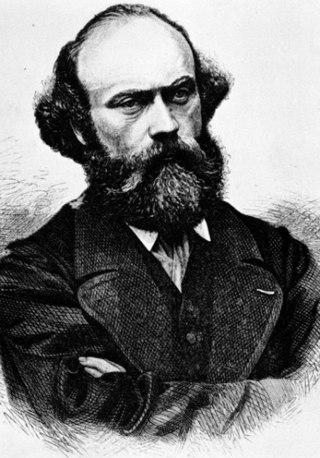
Petrus Josephus Hubertus "Pierre" Cuypers was a Dutch architect. His name is most frequently associated with the Amsterdam Central Station (1881–1889) and the Rijksmuseum (1876–1885), both in Amsterdam. More representative for his oeuvre, however, are numerous churches, of which he designed more than 100. Moreover, he restored many monuments.
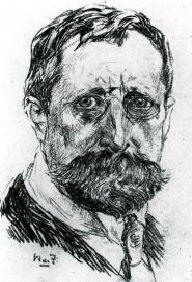
Wilhelmus "Willem" Hendrikus Petrus Johannes de Zwart was a Dutch painter, engraver, and watercolorist with many connections to the Hague School and later associated with the Amsterdam Impressionism movement.
Johannes (John/Johnny) Mieremet was a Dutch underworld figure associated with the Willem Endstra extortion and assassination. Born in Amsterdam, Mieremet was murdered at the age of 45, while conducting business in Pattaya, Thailand at around 10:00 a.m. local time. He had survived several earlier assassination attempts; one in 2002, and another on 26 February 2005, when he was shot in the leg and stomach by two perpetrators on a motorcycle.

Leendert Cornelis van der Vlugt was a Dutch architect in Rotterdam. In the architects office Brinkman & Van der Vlugt he was responsible for the architecture of the Van Nelle Factory, a listed monument of the UNESCO World Heritage Site since 2014.
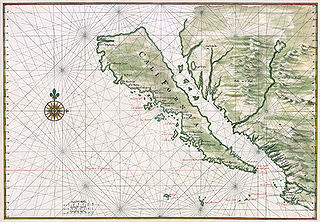
Johannes Vingboons was a Dutch cartographer and watercolourist.
Evert Bancker was an American trader and politician who was Mayor of Albany from 1695 to 1696 and from 1707 to 1709.
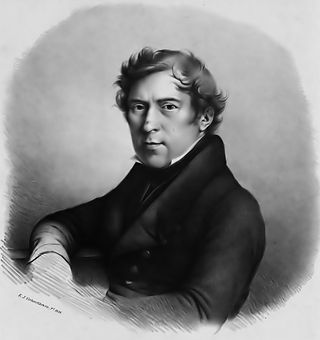
Andreas Schelfhout (1787–1870) was a Dutch painter, etcher and lithographer, known for his landscape paintings.

Lloyd Hotel is a hotel housed in a historic building in the Eastern Docklands of Amsterdam, commissioned by the Royal Holland Lloyd. Founded as a hotel, it initially housed travelling immigrants. Later, it was used as a detention centre and was also home to artists' studios. It is an official national monument of the Netherlands.
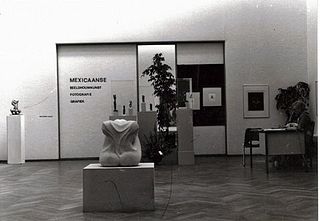
Pulchri Studio is a Dutch art society, art institution and art studio based in The Hague ('s-Gravenhage), Netherlands.
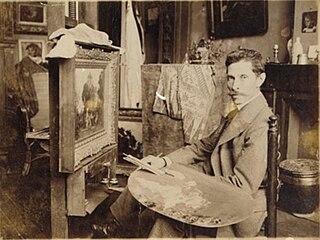
Johannes Evert Hendrik Akkeringa was part of the second generation of the Hague School painters. Akkeringa is primarily known for his paintings and watercolours of women and playing children at the beach, women mending nets and intimate tea-time conversations.

Arti et Amicitiae is a Dutch artist's society founded in 1839, and located on the Rokin in Amsterdam. The Society has played a key role in the Netherlands art scene and in particular in the Amsterdam art schools. It was and is to this day a hub for artists and art lovers in the city of Amsterdam. It is a private institution which supports artists, maintains social networks and offers a pension fund. In recent times it has been one of the venues for the 17th edition of the Sonic Acts Festival.

Henri Frédéric Boot, was a Dutch painter and printmaker mostly active in Haarlem.

Willem Koekkoek was a Dutch cityscape painter and marine artist.

Hermanus Koekkoek, sometimes referred to as The Elder was a Dutch painter, etcher, and graphic artist. He specialized in marine art.
The Laren School is the name of an art colony located in the Dutch village, Laren, in the Gooi near Hilversum. The artists of this offshoot of the Hague School chose the inhabitants of Laren and the surrounding landscape as the subject of their art.

Ahazueros Jacobus Breman, known as Co was a Dutch painter. He specialized in landscapes, farms and interior scenes, with figures, and was one of the first Pointillist painters in the Netherlands.

The 1943 bombing of the Amsterdam civil registry office was an attempt by members of the Dutch resistance to destroy the Amsterdam civil registry (bevolkingsregister), in order to prevent the Nazis from identifying Jews and others marked for persecution, arrest or forced labour. The March 1943 assault was only partially successful, and led to the execution of 12 participants. Nevertheless, the action likely saved many Jews from arrest and deportation to the extermination camps.
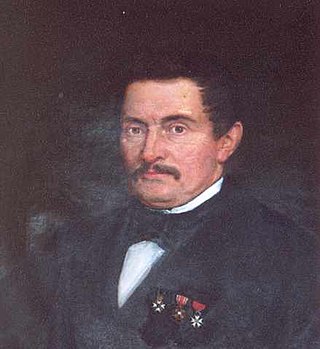
Willem Albert Scholten was a Dutch industrialist and landowner. He established the potato starch factory Eureka in Foxhol which laid the foundation of an industrial empire. Scholten would own 24 factories in Europe. He owned large plots of land in Drenthe for peat extraction, and was one of the founders of what would become the Holland America Line. In Groningen, Scholten built the Scholtenhuis, a large residential house on the Grote Markt, the main square, opposite the City Hall.

Willem Cornelis Bauer also known as Wilhelm Bauer was a Dutch architect and painter.
![]() Media related to Evert Breman at Wikimedia Commons
Media related to Evert Breman at Wikimedia Commons